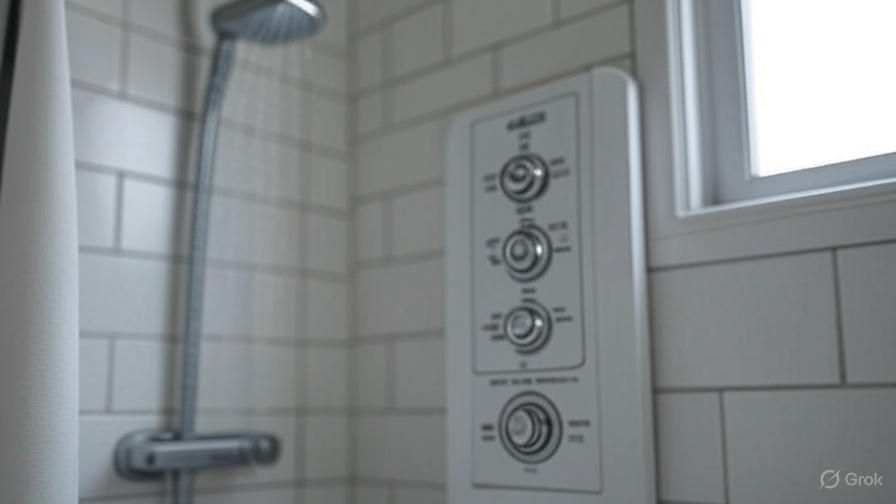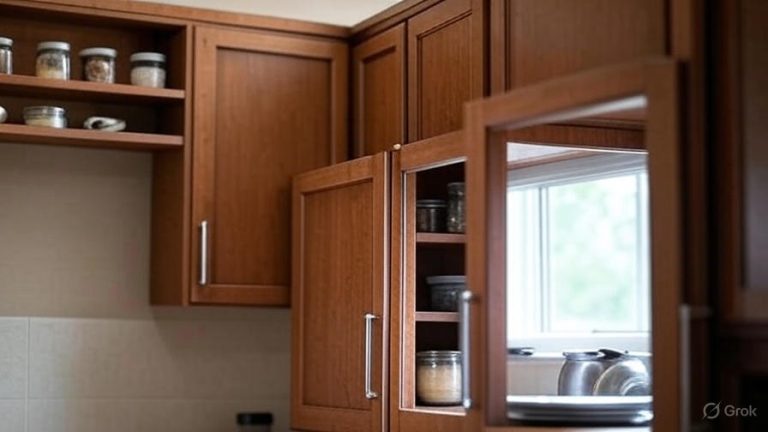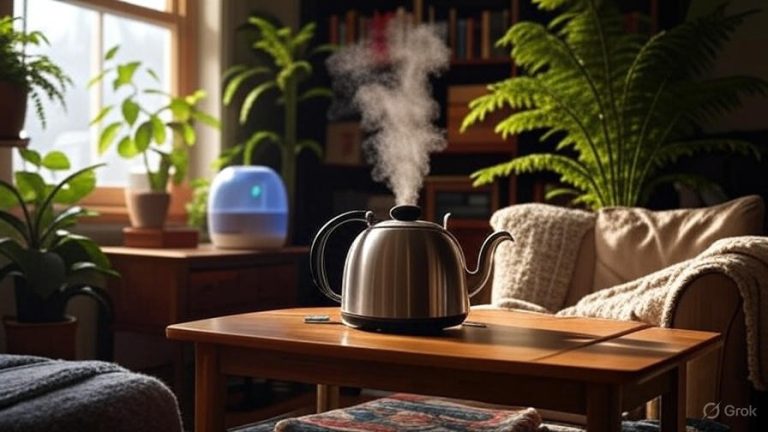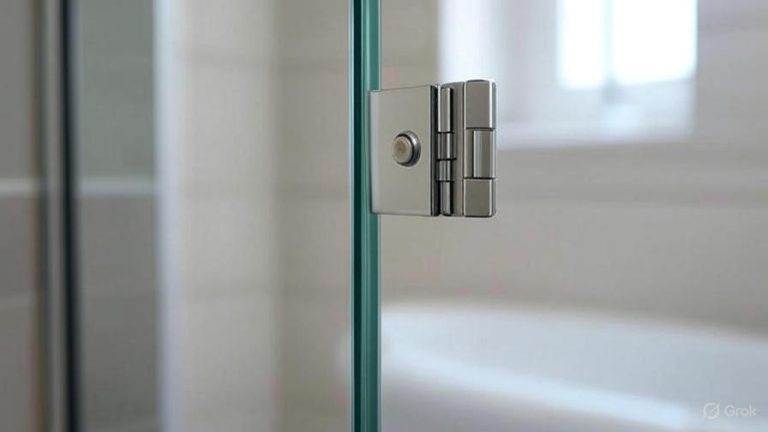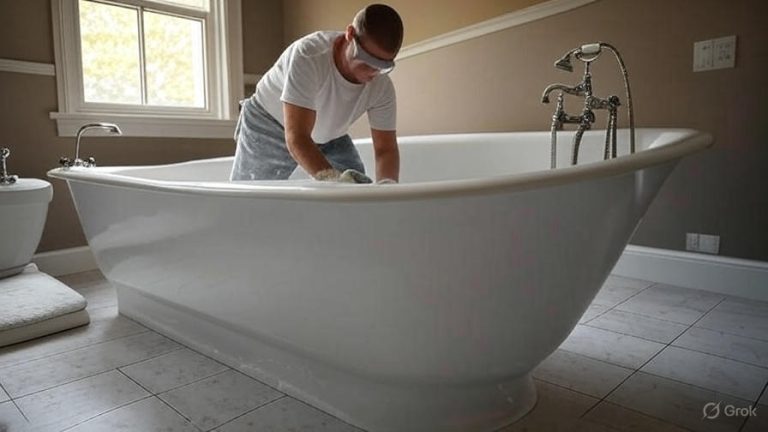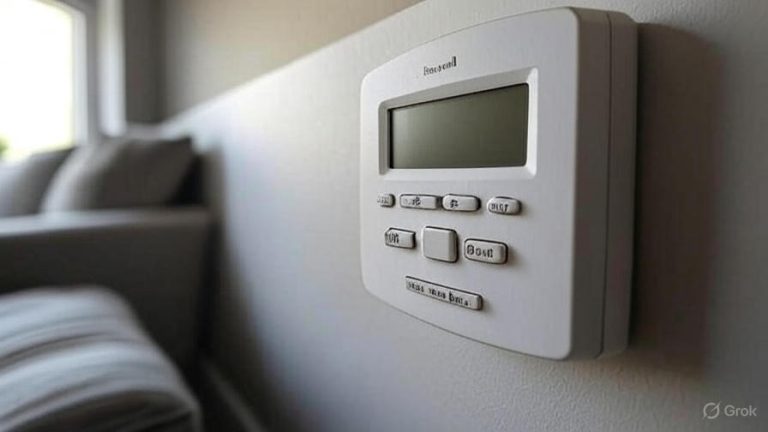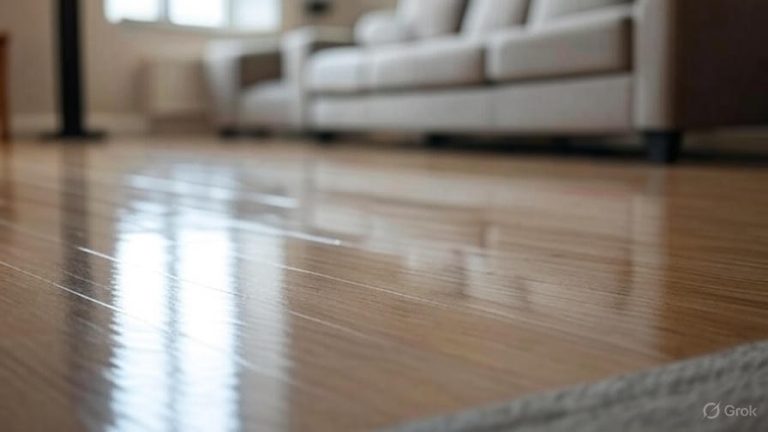How to Adjust Hot Water in Shower?
Getting the perfect shower temperature can transform your daily routine from frustrating to refreshing. Many homeowners struggle with water that’s either scalding hot or freezing cold, leaving them searching for that elusive sweet spot. This comprehensive guide will walk you through every aspect of adjusting your shower’s hot water temperature, from quick fixes to professional solutions.
The Basics of Shower Water Temperature Control
Your shower’s water temperature depends on several interconnected systems working together. The mixing valve combines hot and cold water streams to create your desired temperature. This valve responds to your handle or knob adjustments, but various factors can interfere with its performance.
Water heater settings play a crucial role in determining your maximum available temperature. Most residential water heaters come factory-set between 120-140°F, though the ideal setting typically falls around 120°F for safety and efficiency reasons. When your water heater temperature is too low, you’ll struggle to get adequately hot water throughout your home.
Plumbing configuration also affects temperature consistency. Homes with older galvanized pipes may experience temperature fluctuations due to mineral buildup and corrosion. Modern copper or PEX plumbing systems generally provide more consistent water flow and temperature control.
Quick Fixes for Immediate Temperature Adjustment
Start with the simplest solutions before moving to more complex repairs. These quick adjustments often resolve common temperature issues without requiring professional help or expensive parts.
Check Your Water Heater Temperature Setting
Locate your water heater’s temperature dial, usually found on the front of gas units or behind an access panel on electric models. The dial should display temperature markings or settings like “warm,” “hot,” and “very hot.” Turn the dial clockwise to increase temperature or counterclockwise to decrease it.
After adjusting the temperature, wait 2-3 hours before testing your shower water. Water heaters need time to heat the entire tank to the new setting. This patience prevents you from making unnecessary additional adjustments that could lead to water that’s too hot.
Adjust Your Shower Handle or Knob
Single-handle faucets often have a built-in temperature limit stop that prevents the handle from turning to extremely hot positions. This safety feature can sometimes limit your access to adequately hot water. Look for a small plastic piece or metal clip on the handle stem that you can remove or adjust.
For two-handle systems, try turning the hot water handle further counterclockwise while simultaneously reducing the cold water flow. This approach gives you more control over the exact temperature mixture reaching your showerhead.
Clean Your Showerhead
Mineral deposits in your showerhead can restrict water flow and affect temperature distribution. Remove the showerhead by turning it counterclockwise, then soak it overnight in white vinegar. Use an old toothbrush to scrub away stubborn buildup from the holes.
A clean showerhead improves water pressure and ensures even temperature distribution across all spray patterns. This simple maintenance task often resolves issues where some areas of the spray feel colder than others.
Diagnosing Common Hot Water Problems
Temperature problems rarely occur in isolation. Understanding the underlying causes helps you choose the most effective solution and prevents recurring issues.
Inconsistent Water Temperature
When your shower temperature fluctuates unexpectedly, the mixing valve may be wearing out or experiencing pressure imbalances. These fluctuations often worsen when other water fixtures in your home are used simultaneously, such as washing machines or dishwashers starting their cycles.
Pressure-balancing valves are designed to maintain consistent temperature even when water pressure changes elsewhere in your home. If yours isn’t working properly, you’ll notice sudden temperature spikes or drops that can be both uncomfortable and dangerous.
Long Wait Times for Hot Water
Distance between your water heater and shower affects how long you wait for hot water to arrive. Homes with water heaters located far from bathrooms may require 30-60 seconds or more for hot water to travel through the pipes.
Recirculation pumps can solve this problem by continuously circulating hot water through your plumbing system. These systems ensure hot water reaches your shower almost instantly, though they do increase energy consumption slightly.
Water Never Gets Hot Enough
Several factors can prevent your shower from reaching satisfactory temperatures. Sediment buildup in your water heater reduces heating efficiency and available hot water capacity. A failing heating element in electric water heaters or a malfunctioning gas burner can also limit maximum water temperature.
Undersized water heaters struggle to provide adequate hot water for larger households or homes with multiple bathrooms. If your water heater is more than 10 years old and struggles to meet demand, replacement might be more cost-effective than repairs.
Professional Solutions for Persistent Issues
Some temperature problems require professional expertise and specialized tools. These solutions address underlying system problems that quick fixes cannot resolve.
Mixing Valve Replacement
Thermostatic mixing valves automatically adjust hot and cold water flow to maintain your selected temperature. When these valves fail, you may experience sudden temperature changes or inability to achieve desired temperatures despite proper water heater settings.
Professional plumbers can install pressure-balancing or thermostatic mixing valves that provide superior temperature control and safety features. These valves cost more initially but offer better performance and longevity than basic mixing valves.
Water Heater Maintenance and Repair
Annual water heater maintenance prevents many temperature-related problems. Professional technicians flush sediment from the tank, test heating elements or gas components, and check safety systems like temperature and pressure relief valves.
Anode rod replacement extends water heater life and maintains heating efficiency. These sacrificial rods prevent tank corrosion but need replacement every 3-5 years in most water conditions. Neglecting anode rod maintenance can lead to premature water heater failure and poor temperature performance.
Plumbing System Upgrades
Older homes with galvanized steel pipes often experience reduced water flow and inconsistent temperatures due to internal corrosion and mineral buildup. Upgrading to copper or PEX plumbing improves water pressure, temperature consistency, and overall system reliability.
Installing dedicated hot water lines to frequently used fixtures like master bathroom showers can improve performance without requiring full plumbing replacement. These targeted upgrades provide better results while minimizing disruption and cost.
Safety Considerations and Temperature Limits
Hot water safety involves protecting your family from scalding while ensuring adequate temperature for cleaning and comfort. Water temperatures above 120°F can cause serious burns, especially in children and elderly individuals.
Anti-Scald Device Installation
Pressure-balancing valves and thermostatic mixing valves include built-in anti-scald protection that prevents dangerous temperature spikes. These devices shut off or drastically reduce water flow when hot water pressure suddenly increases due to cold water interruption elsewhere in your home.
Point-of-use mixing valves installed directly at your shower provide an additional layer of temperature control and safety. These devices allow you to set maximum shower temperature regardless of your water heater setting, providing flexibility for different household members’ preferences.
Proper Water Heater Temperature Settings
Setting your water heater between 120-125°F provides adequate hot water for most household needs while minimizing scalding risk. Higher temperatures increase energy costs and accelerate mineral buildup in your plumbing system.
Some dishwashers require 140°F water for optimal cleaning performance. If your dishwasher lacks a built-in water heater, you may need to set your water heater slightly higher and install point-of-use tempering valves at fixtures used by children or elderly family members.
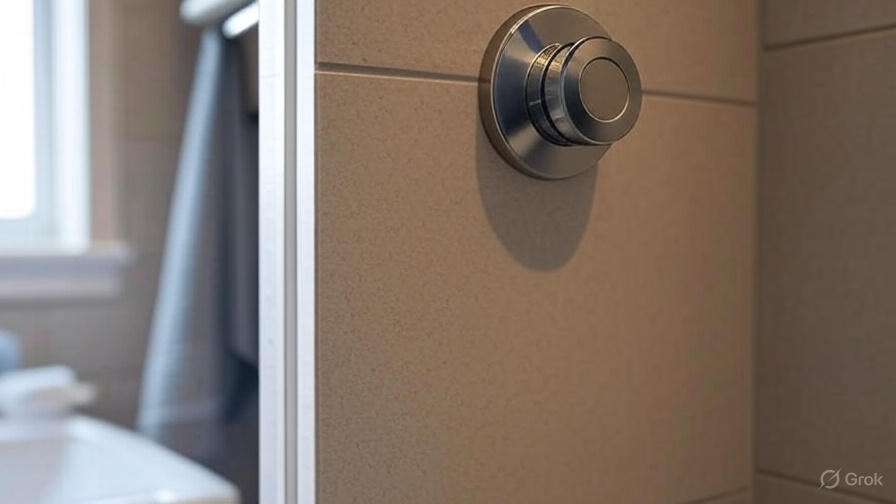
Maintenance Tips for Consistent Performance
Regular maintenance prevents most shower temperature problems and extends the life of your plumbing fixtures and water heating equipment.
Monthly Checks
Test your shower temperature at the same time each month to identify gradual changes that might indicate developing problems. Keep notes about water temperature, pressure, and any unusual sounds or behaviors.
Inspect visible plumbing connections for leaks, corrosion, or mineral buildup. Small leaks can affect water pressure and temperature while wasting water and potentially causing property damage.
Seasonal Maintenance Tasks
Flush your water heater annually to remove sediment that reduces heating efficiency and shortens equipment life. This task is especially important in areas with hard water that contains high mineral content.
Check and replace shower cartridges every 2-3 years or when you notice difficulty adjusting temperature or water flow. Worn cartridges can stick or fail to properly mix hot and cold water streams.
Professional Inspections
Schedule professional plumbing inspections every 3-5 years to identify potential problems before they become expensive repairs. Experienced plumbers can spot early signs of water heater failure, pipe corrosion, or fixture wear that homeowners typically miss.
Annual water heater service includes safety checks, efficiency testing, and component inspection that prevents unexpected failures and maintains optimal performance.
Energy Efficiency and Cost Considerations
Proper temperature adjustment can significantly impact your energy bills while improving comfort and system longevity.
Optimal Temperature Settings
Each 10-degree reduction in water heater temperature can save 3-5% on your water heating costs. However, temperatures below 120°F may not provide adequate hot water for household needs and can promote bacterial growth in the tank.
Programmable water heater controls allow you to reduce temperature during times when hot water demand is low, such as overnight or during work hours. These systems automatically return to higher temperatures before peak usage periods.
Insulation Improvements
Insulating hot water pipes reduces heat loss during transport from your water heater to shower fixtures. This improvement reduces wait times for hot water and maintains higher temperatures throughout the distribution system.
Water heater tank insulation blankets can improve efficiency in older units, though modern water heaters typically include adequate factory insulation. Focus insulation efforts on the first 6 feet of hot water pipes leaving your water heater for maximum benefit.
Troubleshooting Specific Shower Types
Different shower systems present unique challenges and solutions for temperature control.
Single-Handle Showers
Single-handle shower faucets use cartridges or mixing valves that can wear out over time. When these components fail, you may experience difficulty achieving desired temperatures or maintaining consistent performance.
Cartridge replacement typically resolves most single-handle temperature issues. Most hardware stores carry replacement cartridges for common faucet brands, though you’ll need to identify your specific model for proper fit.
Two-Handle Shower Systems
Two-handle systems give you independent control over hot and cold water flow, providing more precise temperature adjustment than single-handle designs. However, worn valve seats or stems can cause dripping or difficulty achieving proper temperature mixing.
Rebuilding two-handle shower valves involves replacing internal components like washers, O-rings, and valve stems. This maintenance task requires basic plumbing skills and standard tools available at most hardware stores.
Digital and Smart Shower Controls
Modern digital shower systems offer precise temperature control and programmable settings for different users. These systems require proper calibration and occasional software updates to maintain optimal performance.
Smart shower controls can learn your preferences and automatically adjust temperature, flow rate, and even duration. However, these sophisticated systems may require professional installation and periodic recalibration to ensure accurate temperature readings.
When to Call a Professional
Some shower temperature problems require professional expertise to diagnose and repair safely.
Complex System Issues
When multiple fixtures throughout your home experience temperature problems simultaneously, the issue likely involves your water heater, main plumbing lines, or water pressure regulation systems. These complex problems require specialized diagnostic equipment and expertise.
Intermittent temperature problems that occur randomly or seem to have no pattern often indicate pressure balancing issues or failing components that require professional assessment.
Safety Concerns
Any situation involving scalding water, gas leaks near water heaters, or electrical problems with water heating equipment requires immediate professional attention. These safety hazards can cause serious injury or property damage if not addressed properly.
Water temperature that suddenly becomes extremely hot without adjustment may indicate a failing mixing valve or water heater thermostat. Stop using the shower immediately and contact a qualified plumber.
Getting perfect shower temperature doesn’t have to remain an elusive goal. With proper understanding of your system, regular maintenance, and appropriate professional help when needed, you can enjoy consistently comfortable showers while maintaining safety and efficiency. Start with simple adjustments and work toward more comprehensive solutions as needed to create the ideal shower experience for your household.

